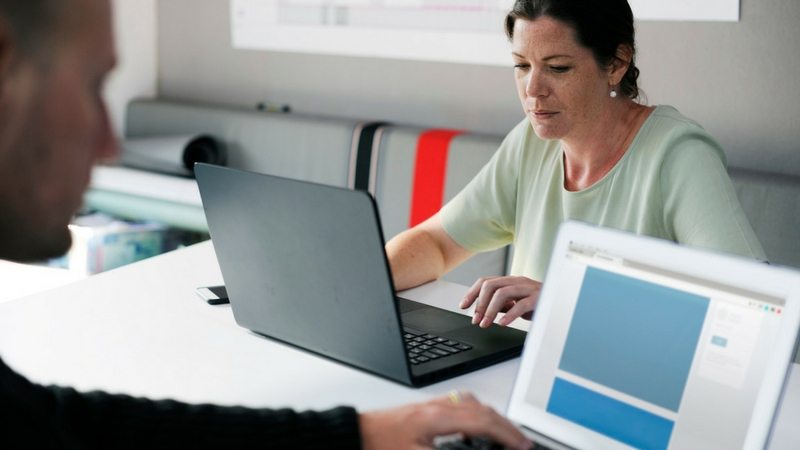Discovery and Delivery
Episode #9 of the course Becoming a more strategic product manager by Todd Birzer
Welcome to Lesson 9. Throughout this course, we’ve been talking about how to make our product management role more strategic—what to say “no” to and what to say “yes” to.
In this lesson, we’ll talk about one final (and critical) “yes.”
Let’s start with an observation: Our product enhancement ideas run the gamut from excellent to utterly worthless. This is normal—completely healthy, in fact. The trick is to winnow our ideas in a fast and low-cost way and only develop those items we have high confidence of market fit.
A product management best practice is to use a “discovery and delivery” process. The basic concept is to take ideas for new and enhanced products from multiple sources and quickly get these in front of customers for feedback. For ideas that are testing well, deliver these into the market with fast, incremental releases. A basic graphic is below:

Who leads the “discovery and delivery” process? For many products, there is magic in a three-person leadership team: an engineering lead, a user experience (UX) lead, and a product manager (you).
Ideas: We source these from many places, and some of our best ideas come from engineering teams. These engineers live at the edge of new technology and market needs and can see what technology is now enabling. Our ethnographic research will also yield strong ideas (Lesson 5), and other good sources include customers, executives, sales teams, support staff, and product usage data. Our product strategy may also point to new areas to explore.
Discovery: Experimentation, testing, and prototyping are key here. The goal is to quickly (and inexpensively) vet ideas with potential customers. We start with the lowest cost of all prototypes—maybe just a PowerPoint mockup that you share with potential clients for feedback. The ethnographic research we discussed in Lesson 5 is a great opportunity to get feedback on new concepts.
As ideas evolve and get more traction, we move to more advanced representations: 3D printouts, clickable prototypes, etc. In this process, we want fast, dense client feedback to help steer the product’s evolution, while at the same time minimizing time and cost from our development team.
Chip and Dan Heath in their book Decisive use the term “ooch”—constructing small experiments to test your hypotheses. “We always ooch before we leap.” (I love this word!) Discovery is simply ooching in a product development context.
Delivery: When new products, features, or enhancements have moved through the discovery phase and we are confident there is a good match between market fit, company strategy, and technology, it’s time to release these capabilities to our customers. A series of incremental releases—smaller and sooner—is usually preferable to holding back functionality to wait for a more complete release later. This allows us to get new value in the hands of our customers sooner, get market feedback faster, and course-correct earlier if we’ve missed the mark.
Optimization: Many development efforts are never done, especially with software. With products in the market, we continue to refine and optimize them. These products yield broad market feedback and usage data, which in turn generate new ideas and innovations to vet through the discovery and delivery process.
Discovery and delivery is energizing work, especially if you work with good engineering and user experience partners. I hope you enjoy it.
We’ll wrap up this course tomorrow. Talk to you then.
Todd Birzer
Recommended book
Decisive by Chip Heath and Dan Heath: Chapter 7
Recommended reading
“Product Success” by Marty Kagan
Share with friends

